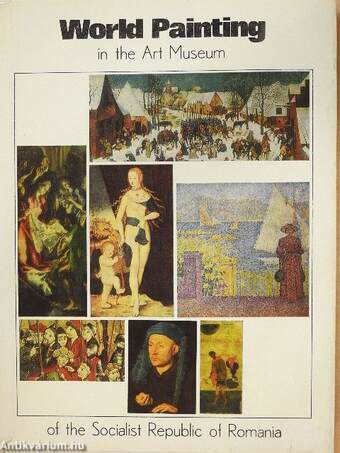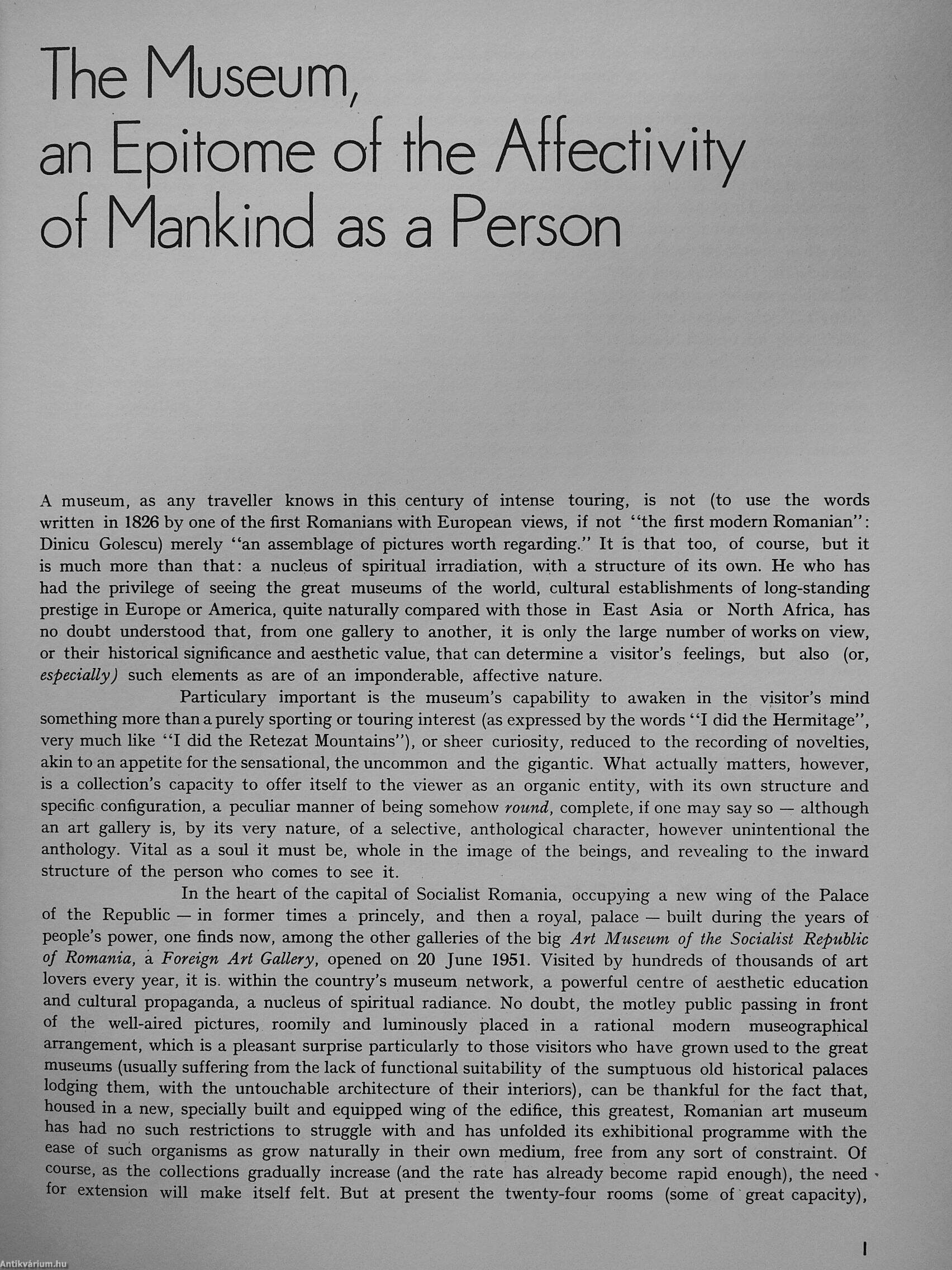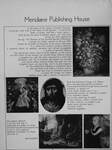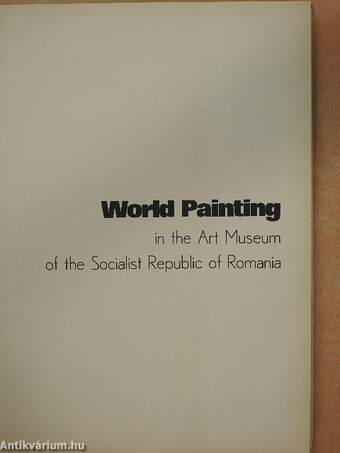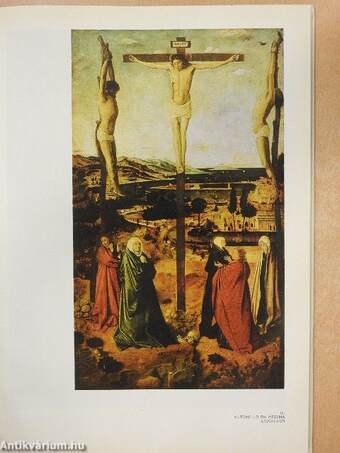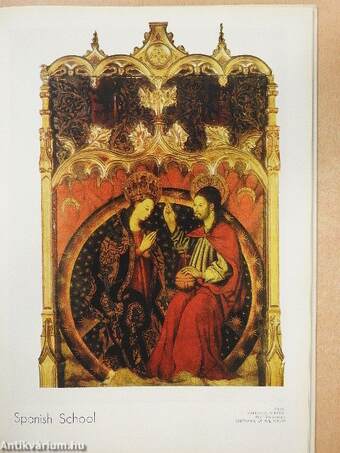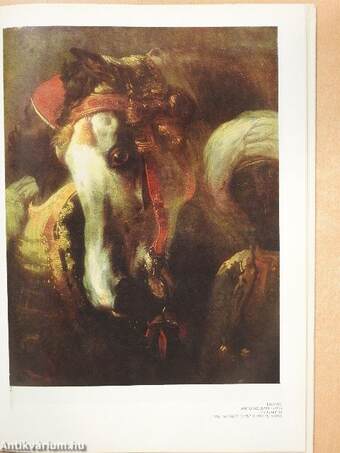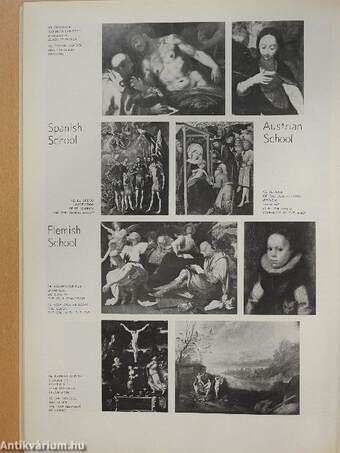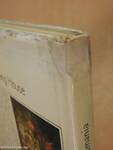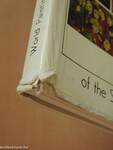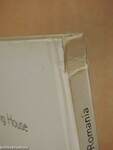1.067.081
kiadvánnyal nyújtjuk Magyarország legnagyobb antikvár könyv-kínálatát

VISSZA
A TETEJÉRE
JAVASLATOKÉszre-
vételek
World Painting in the Art Museum of the Socialist Republic of Romania
| Kiadó: | Meridiane Publishing House |
|---|---|
| Kiadás helye: | Bukarest |
| Kiadás éve: | |
| Kötés típusa: | Varrott keménykötés |
| Oldalszám: | 176 oldal |
| Sorozatcím: | |
| Kötetszám: | |
| Nyelv: | Angol |
| Méret: | 34 cm x 25 cm |
| ISBN: | |
| Megjegyzés: | Színes és fekete-fehér reprodukciókkal illusztrálva. További grafikusok a könyvben. |
naponta értesítjük a beérkező friss
kiadványokról
naponta értesítjük a beérkező friss
kiadványokról
Előszó
TovábbFülszöveg
M
eridiane rubishing House
In the heart of the capital of Socialist Romania, occupying a new wing of the Palace of the Republic — in the former times a princely, and then a royal, palace — built during the years of people's power, one finds now, among the other galleries of the big "Art Museum of the Socialist Republic of Romania" a Foreign Art Gallery, opened on 20 June 1951. Visited by hundreds of thousands of art lovers every year, it is, within the country's museum network, a powerful centre of aesthetic education and cultural propaganda,
a nucleus of spiritual radiance. The twenty-four rooms, some of great capacity, on the second and third floors of the museum can provide those intent on making a complete tour with the space required for a more than satisfactory visit, full of surprises and neither too crowded with optical events acquired within the space of a few delightful hours, nor too tiring, and in no way exiguous, for the exhibitional substance is sufficiently dense... Tovább
Fülszöveg
M
eridiane rubishing House
In the heart of the capital of Socialist Romania, occupying a new wing of the Palace of the Republic — in the former times a princely, and then a royal, palace — built during the years of people's power, one finds now, among the other galleries of the big "Art Museum of the Socialist Republic of Romania" a Foreign Art Gallery, opened on 20 June 1951. Visited by hundreds of thousands of art lovers every year, it is, within the country's museum network, a powerful centre of aesthetic education and cultural propaganda,
a nucleus of spiritual radiance. The twenty-four rooms, some of great capacity, on the second and third floors of the museum can provide those intent on making a complete tour with the space required for a more than satisfactory visit, full of surprises and neither too crowded with optical events acquired within the space of a few delightful hours, nor too tiring, and in no way exiguous, for the exhibitional substance is sufficiently dense and nutritious at all levels of artistic culture. Those who cross its threshold cannot fail to grant the Foreign Art Gallery qualities which make it worthy of appreciation
Does the Bucharest Foreign Art Gallery
give us enough opportunities to become
humanized at the level of a high-tension spiritual
existence, or doesn't it?
I have always looked upon it as a
summarized cosmos, an imperfect summary
of an imperfect cosmos,
but no less deserving of notice
in this intention, which it shares with
all other museums, to enable us go
round every spiritual aspect
of human kind's
collective biography.
The present selection is but the first step in presenting this gallery to those who have not yet had an opportunity to see it, and supplying additional information to those who love it.
ION FRUNZETTI Vissza
Témakörök
- Idegennyelv > Idegennyelvű könyvek > Angol > Művészetek > Festészet
- Idegennyelv > Idegennyelvű könyvek > Angol > Művészetek > Művészettörténet, általános
- Művészetek > Művészettörténet általános > Múzeumok, képtárak > Külföldi > Európai
- Művészetek > Művészettörténet általános > Idegen nyelv > Angol
- Művészetek > Művészettörténet általános > Kiállítások, aukciók, katalógusok > Külföldi
- Művészetek > Festészet > Kiállítások, katalógusok > Külföldi
- Művészetek > Festészet > Idegen nyelv > Angol
- Művészetek > Festészet > Albumok > Képtárak, múzeumok > Külföldi > Európai > Egyéb



